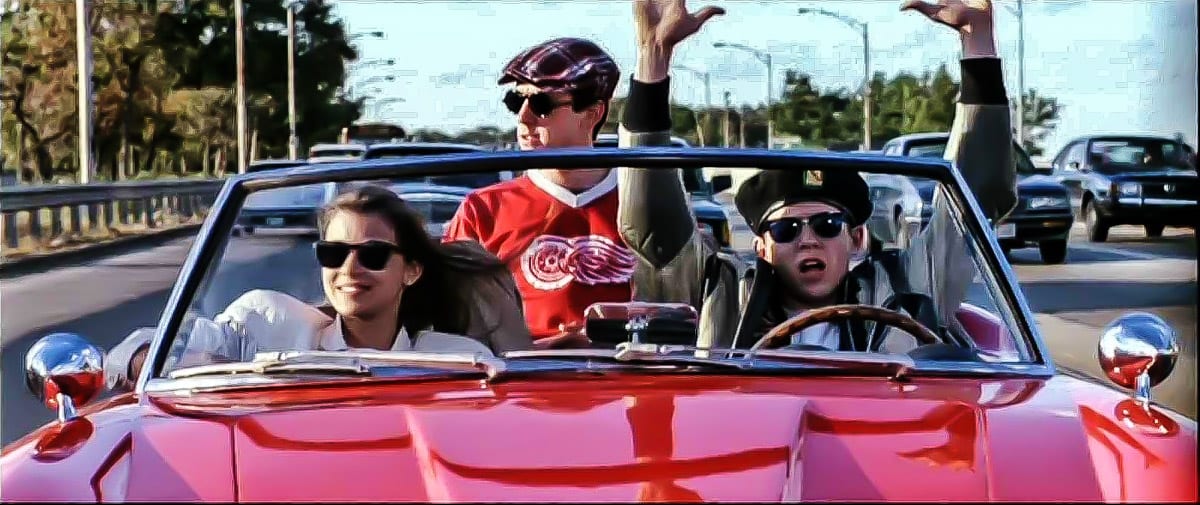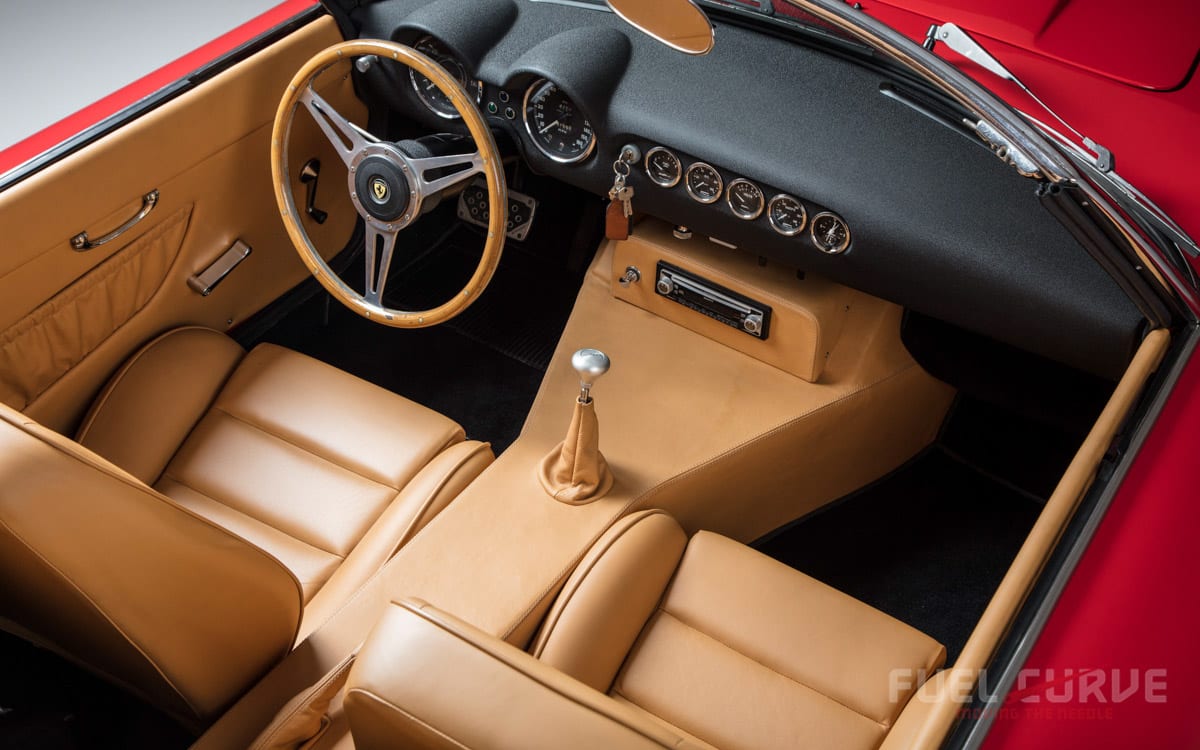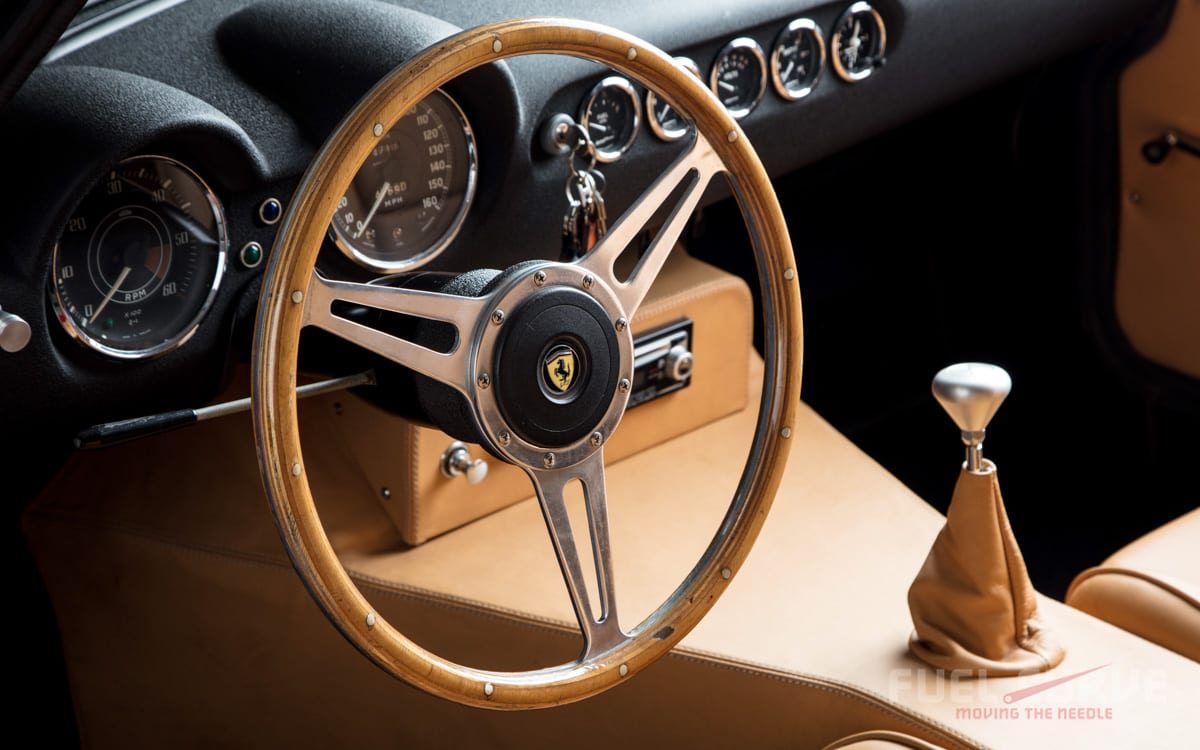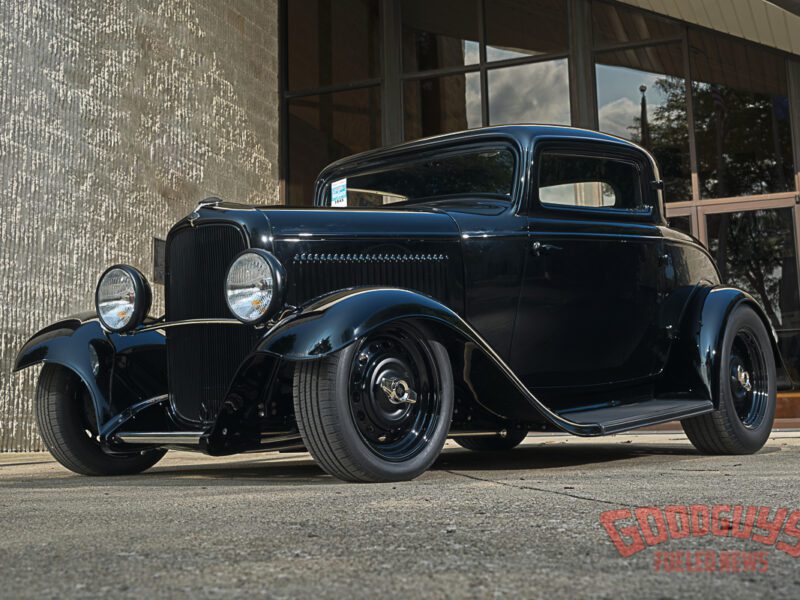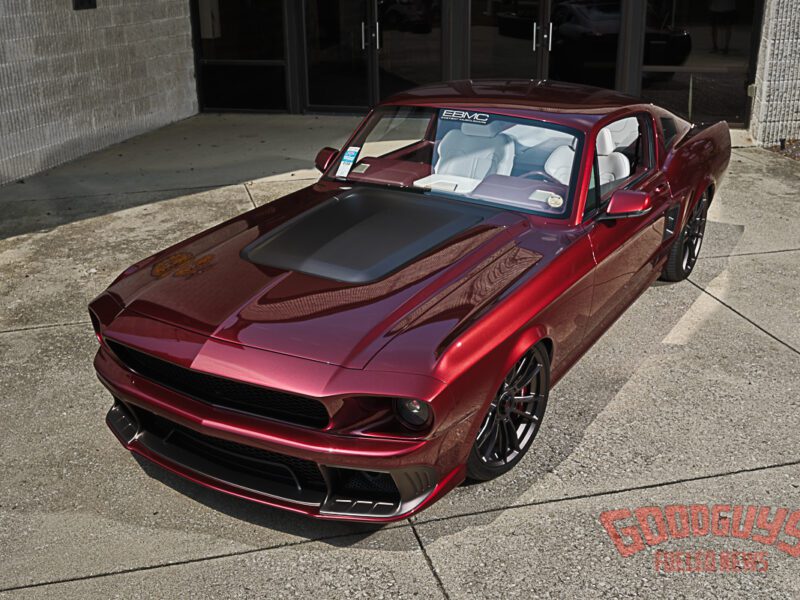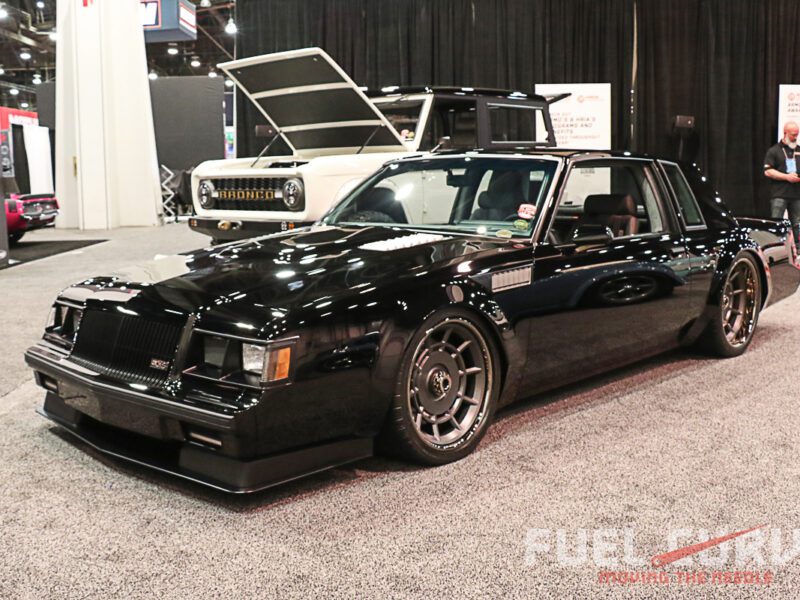Ferris Bueller Ferrari Honored at Nation’s Capitol
The red 1961 Ferris Bueller Ferrari from the 1986 hit movie “Ferris Bueller’s Day Off” captivated audiences. The John Hughes film starring Matthew Broderick utilized the red 1961 convertible to transport the high school-ditching kids for the day. But did you know through Hollywood magic, this “Ferrari” was not the real deal? Probably just as well since in one pivotal scene, while trying to roll back the mileage, the car slips off the jack and crashes through the glass walled garage and drops into a wooded valley below.
The real 1961 Ferrari 250 GT SWB California Spyder is a coveted model with about 55 having been made. The classic lines and a three liter V-12 engine ensures its popularity; selling, when offered, for over $15 million. The 250 GT frequently makes the list of top sports cars and Ferraris of all time.
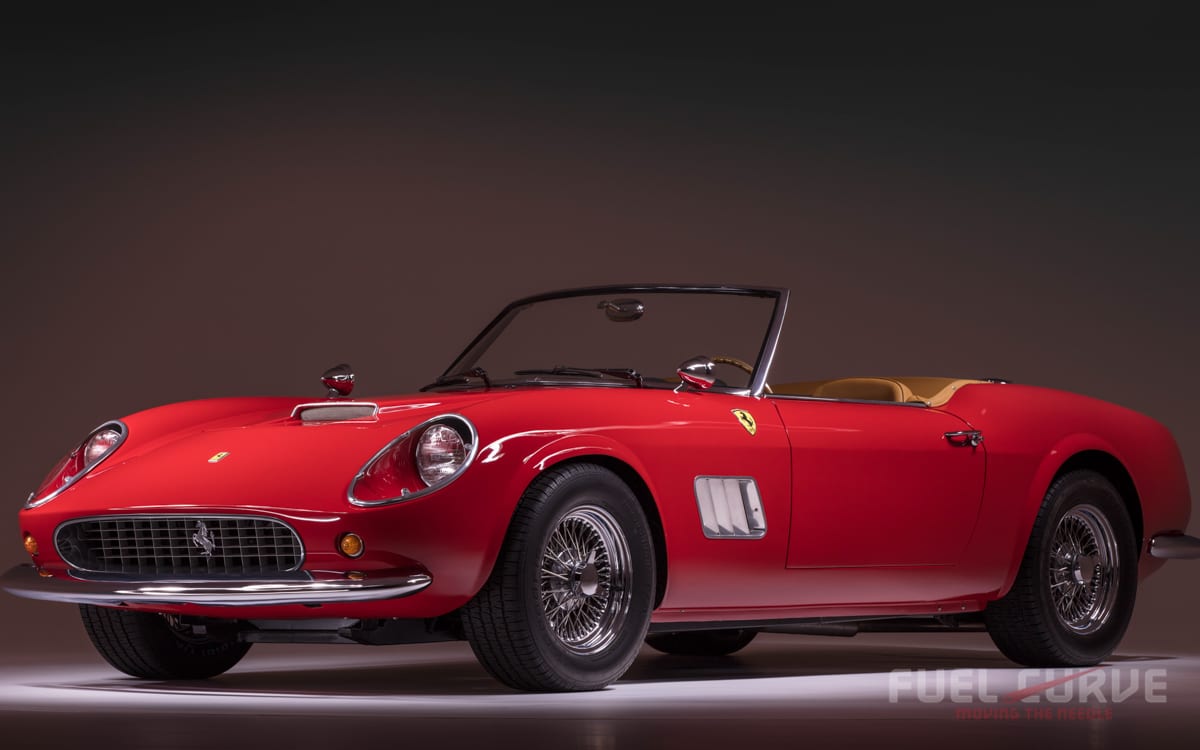
The Historic Vehicle Association (HVA) recently selected this movie car, despite being a replica, into their registry honoring the car’s significance in American automotive history. The HVA, in conjunction with the Library of Congress and the US Department of the Interior, is tasked with identifying specific cars that are historically and culturally significant while documenting and archiving their presence.
The car was on display in the Nation’s Capital over the Easter weekend. Later in April, other cars will be honored, including the 1968 Ford Mustang from Steve McQueen’s “Bullitt.”
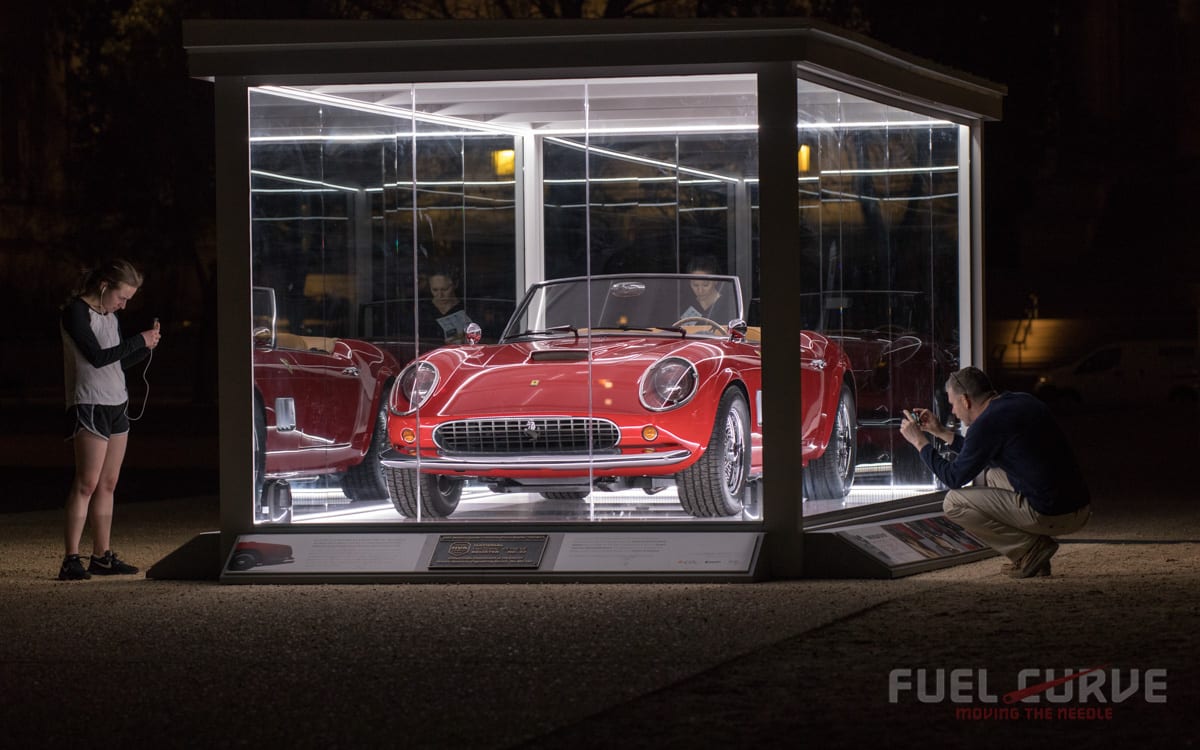
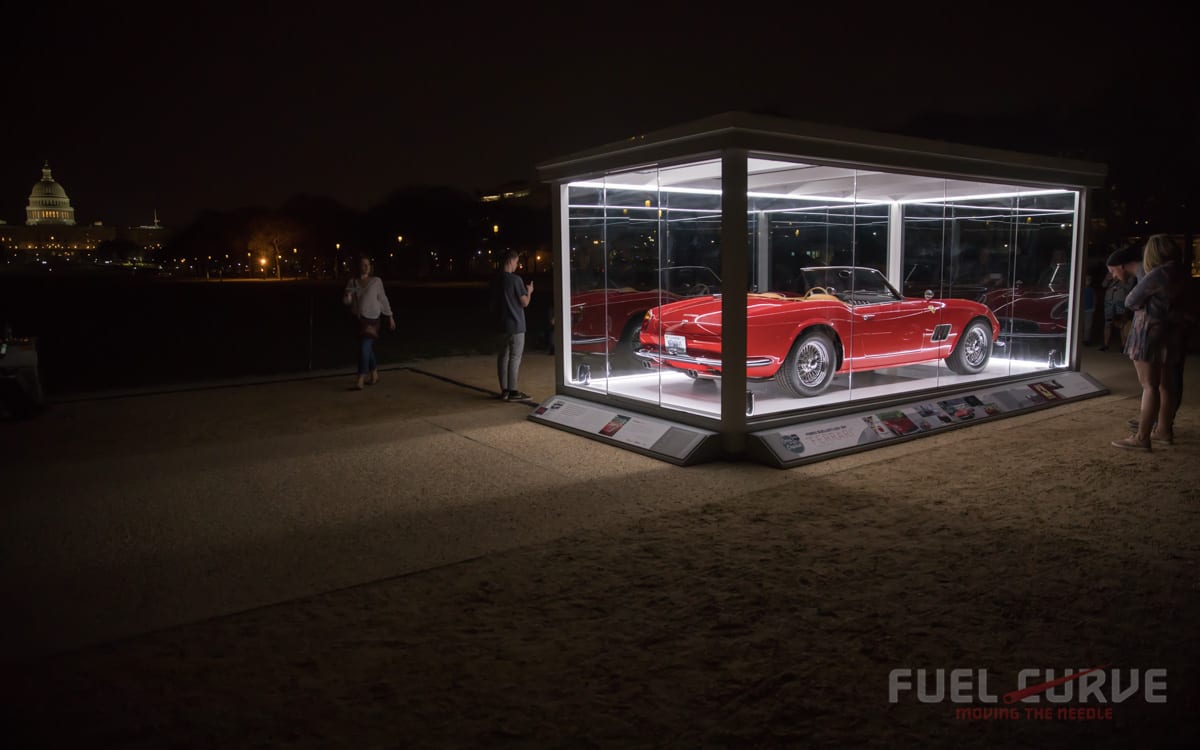
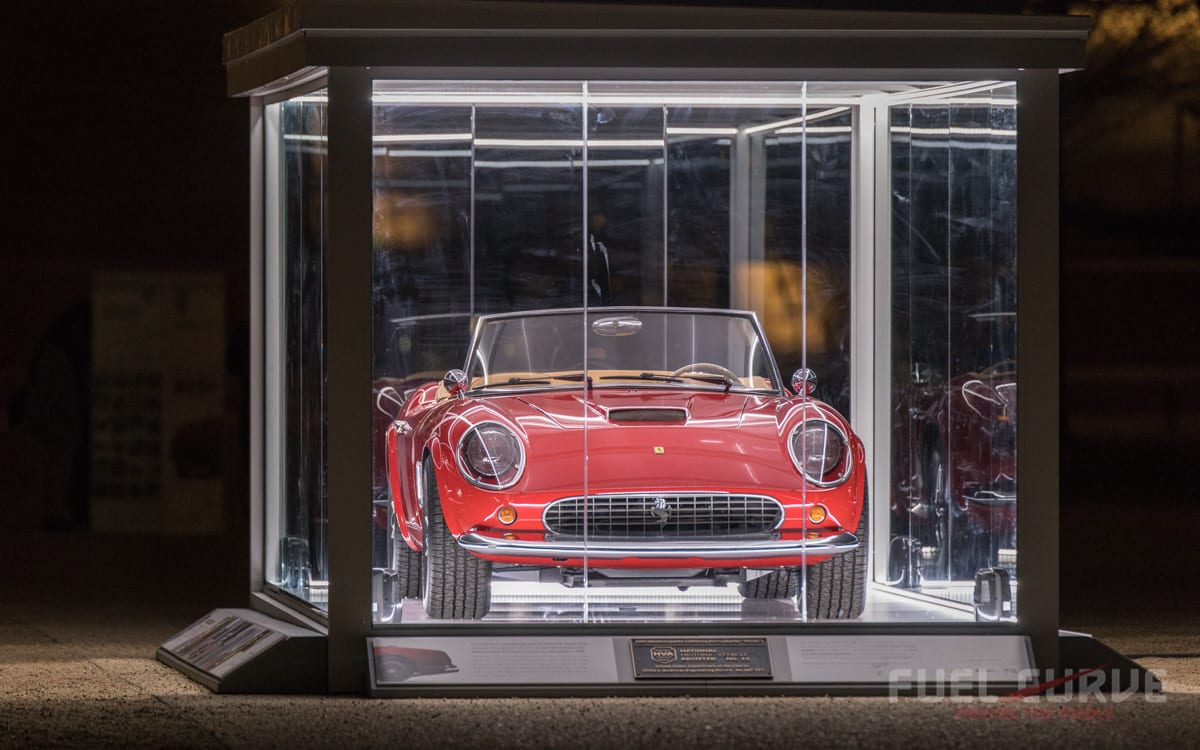
Originally the movie script called for a Mercedes AMG to be the getaway car for the trio of teenagers. After seeing the Ferris Bueller Ferrari replica on a car magazine cover, Hughes opted for the Ferrari. Of course deploying a real Ferrari onto the movie set would never work. So the studio commissioned three replicas from Modena Design and Development. The prototype from the builders was leased to the studio and used for most of the exterior shots, including a classic jump scene. Casey Maxon, the historian with HVA, says there are still gouges in the frame that undoubtedly came from the jump. After the movie was finished, the studio returned it to the builders, Neil Glassmoyer and Mark Goyette. The studio paid for the refurbishment of the car and it later made its way to England until it was purchased in 2010 and returned to the States. This specific car is the one being honored by the HVA and on display in the Capitol.
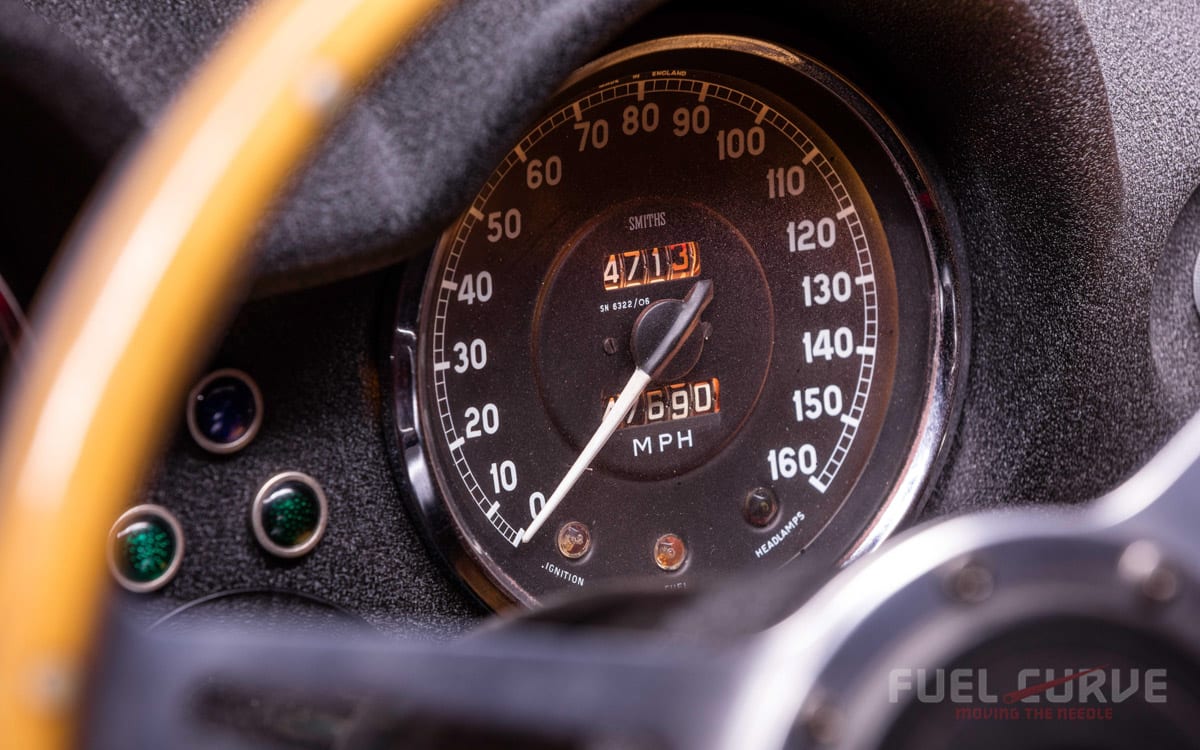
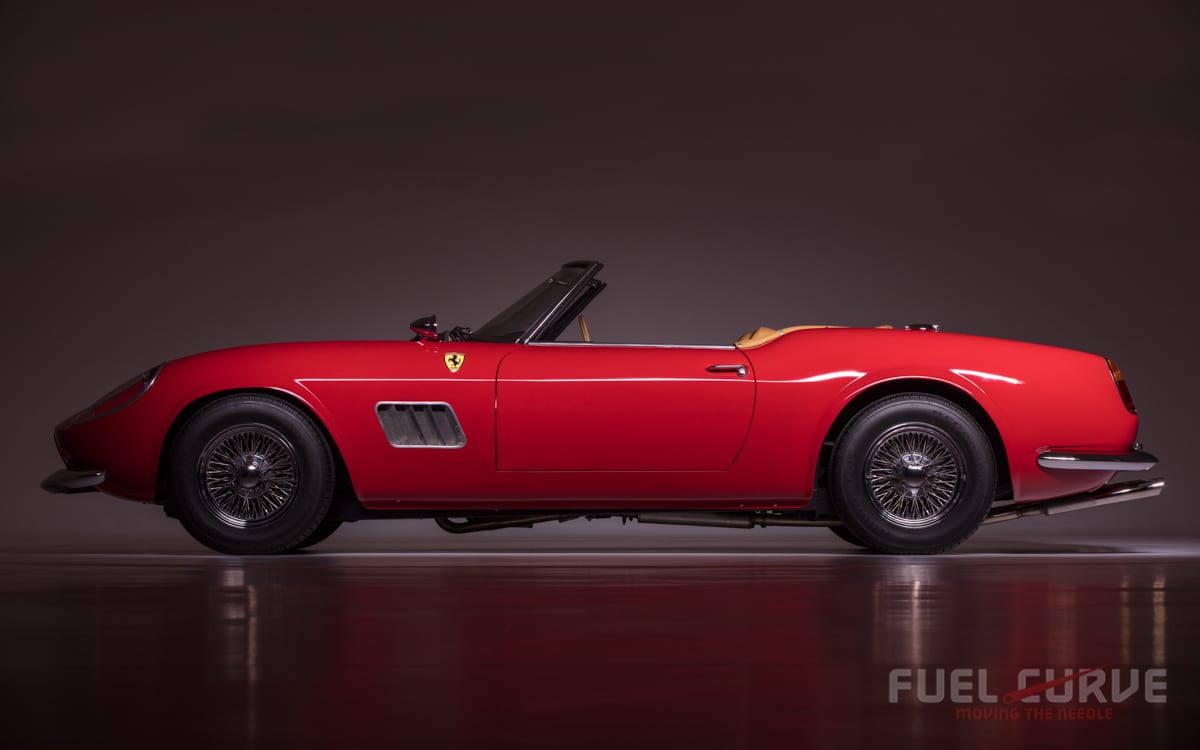
The second car was originally purchased by the studio and used mainly for interior shots, so camera rigs and attachments were placed throughout the car. Glassmoyer bought the car back from the studio and spent considerable effort and expense to restore and improve upon it. That effort took fifteen years including replacing the 289 Ford engine with one stroked out to 427 cubic inches. In 2013 he sold it at the Mecum Auction in Monterrey and it presently is in Canada.

The third car never ran well and was used in the crucial scene where it crashed through the glassed garage wall and dropped into a wooded ravine. That car was on display at a Planet Hollywood restaurant in Cancun, Mexico until Glassmoyer purchased it and later restored it.
It turned out that for some extreme close ups in the movie, like for the gauges and the side louver fins an actual Spyder was used in the film.
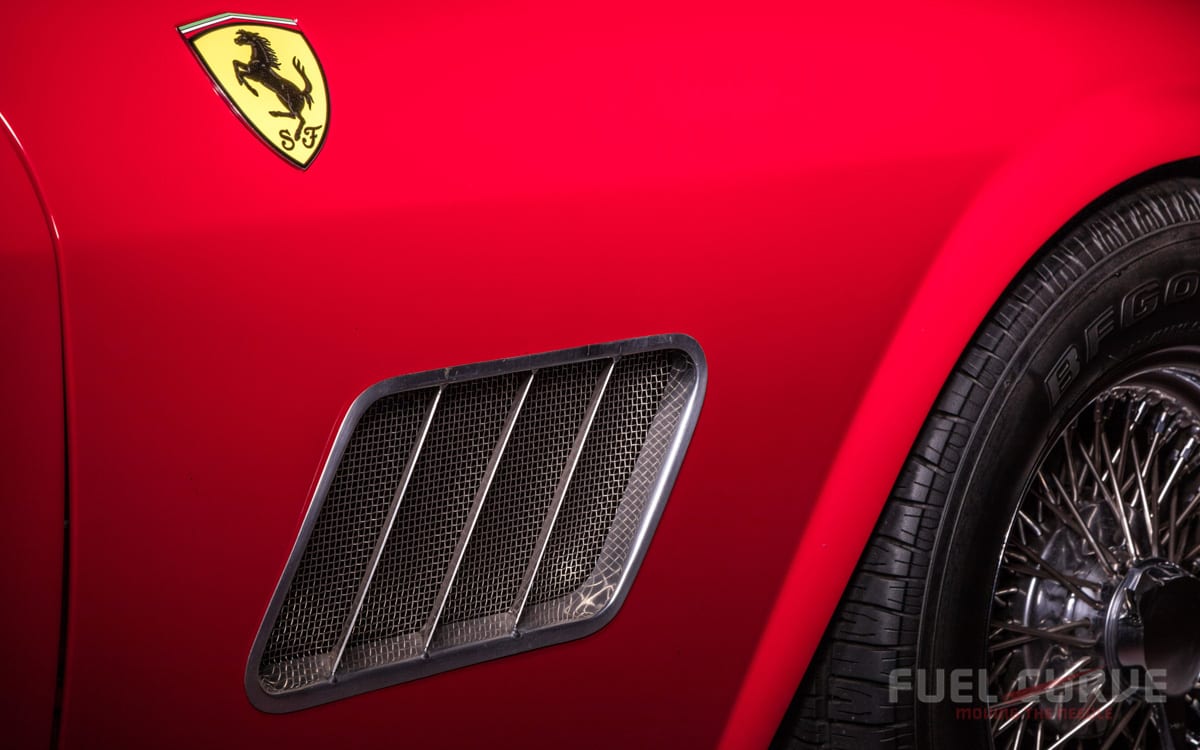
The replica and its builders drew the attention of Ferrari who sued them. Glassmoyer and Goyette argued that there was no trade infringement, since most of the actual parts in their cars were not even Ferrari pieces. Ultimately the suit was settled when the builders agreed to make a few further modifications to their fiberglass bodied cars. The HVA website even has an article highlighting the differences between the replica and the Ferrari.
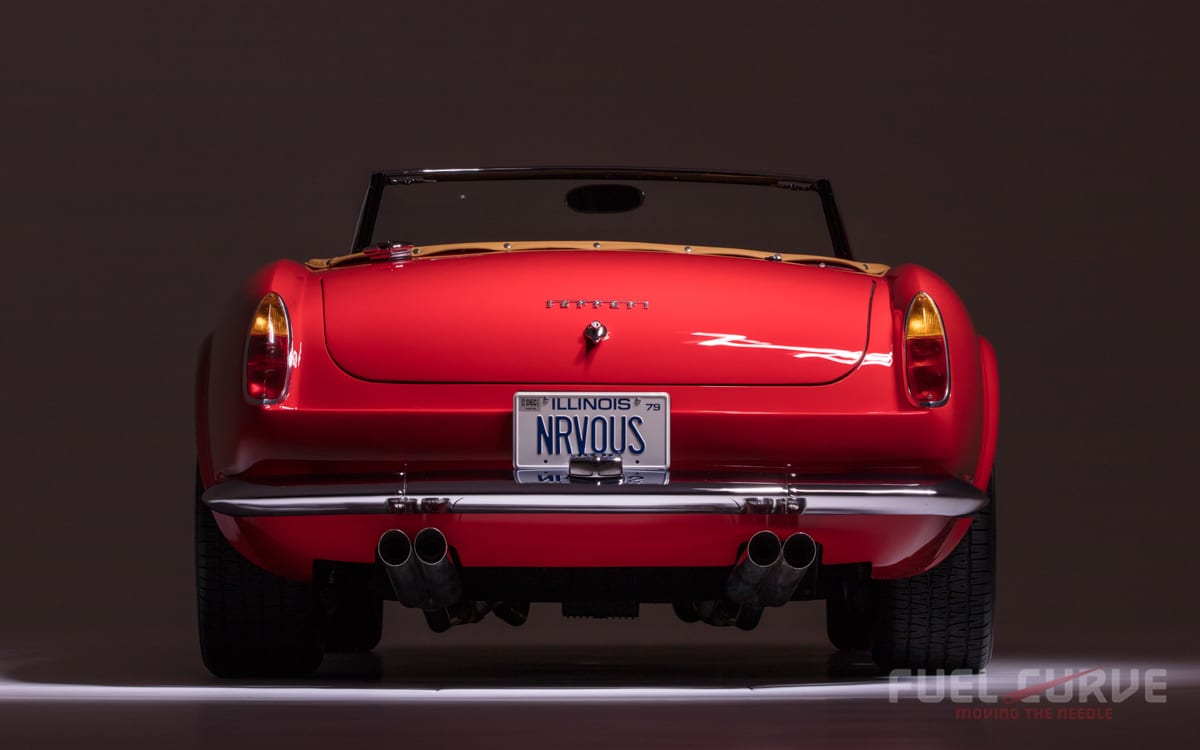
Often replicas are scorned by classic car owners, but in this case the movie car allowed for the public to see and appreciate the “Ferrari”. Now the Historic Vehicle Association is helping to document this car for future generations to appreciate as well.
Ferris Bueller Ferrari Photos courtesy of Historic Vehicle Association

